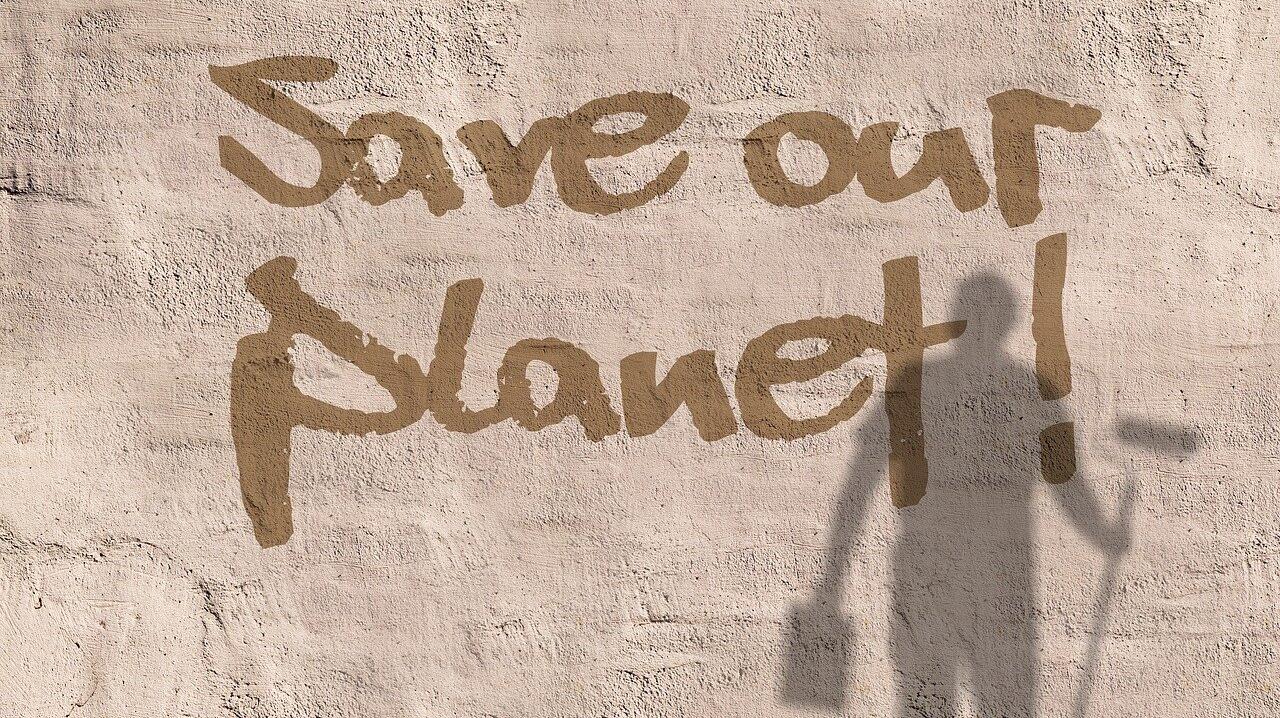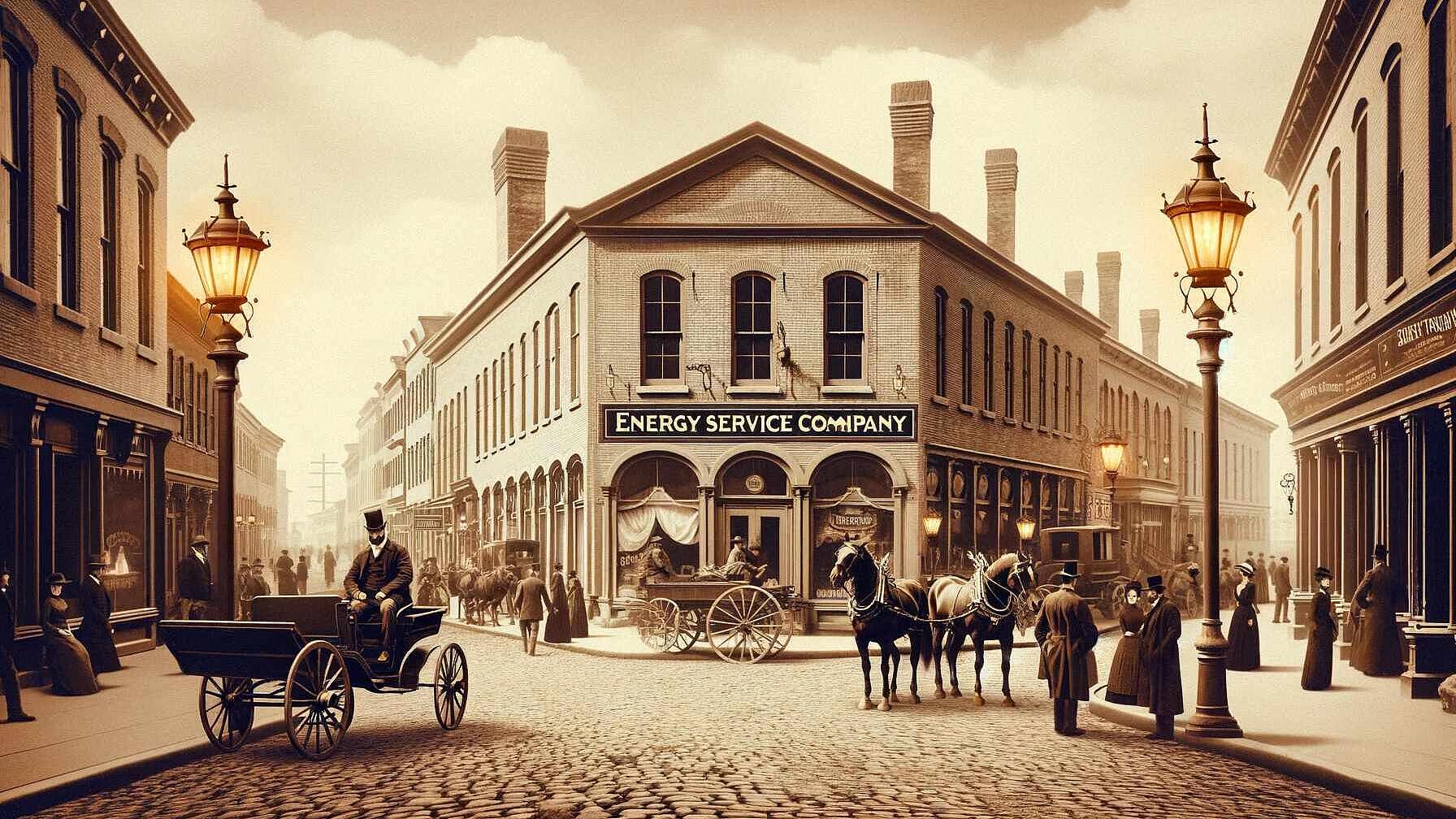 Policy & Regulation
Policy & RegulationWhirlwind: Approval process European Commission´s clean energy package
Summary
The European Commissions clean energy - or ‘winter - package is producing a whirlwind of activity in its approval process. There are some critical issues related to the approval process of the package. From the current 27% non-binding target, the Commission proposed a more rigorous binding target of 30% savings by 2030. But the European Parliament supports that kind of target, it appears that Council (representing member states) is much less ambitious. This is an excellent basis to build on the opportunity to make efficiency First through making Consumers First. It is the opportunity for improved energy efficiency to be positioned at the centre
into Brussels, across Europe. This is laying a foundation for our low-carbon energy transition that is foundation. The advocacy community (professional lobbyists and environmental groups) also must come to grips with the full range of themes and proposals. The Commission is to be commended for the package is a process that should involve people well beyond Brussels, and it is laying the foundation -THE foundation.
Open full article
Whirlwind: Approval process European Commission´s clean energy package
The Brussels Winter Package whirlwind
The European Commission’s clean energy – or ‘winter’ – package is producing a whirlwind of activity in its approval process. I have seen it at first hand over the past few weeks, at meetings, workshops and conferences reviewing impact assessments, addressing energy efficiency financing, and discussing the central role of consumers in the winter package. It was enough to compete with even the Brussels obsession with Brexit.
There are some critical issues related to the approval process of the package.
The Target: There is divergence on the target. From the current 27% non-binding target, the Commission proposed a more rigorous binding target of 30% savings by 2030. While the European Parliament supports that kind of target, it appears that Council (representing member states) is much less ambitious. From recent evidence, such as impact assessments reviewed at a workshop organised by Leonardo Energy, it seems that an ambitious target is needed. But whatever the target, my concern is the part that energy efficiency will be assigned in achieving it. Hopefully there is a growing appreciation of the critical contribution that improved energy efficiency can make to the EU’s obligations under the 2015 Paris climate agreement.
Efficiency First: The discussion of targets, and how to meet them, should refer back to the Energy Union’s commitment to Efficiency First, which essentially set energy efficiency as the first filter for all energy policies. “It prioritises investments in customer-side efficiency resources (including end-use energy efficiency and demand response) whenever they would cost less, or deliver more value, than investing in energy infrastructure, fuels, and supply alone,” according to the Regulatory Assistance Project (RAP).
I would like to be reassured that the other directives under review (renewables, governance and internal market for electricity) as well as accompanying initiatives, have been developed under the Efficiency First principle. I hope so, but am sceptical at the moment.
On the industry side, the main driver for energy efficiency is considered to be the EU’s Emissions Trading System. But, according to recent analyses discussed in Brussels, the ETS is not actually delivering energy efficiency. Yet the winter package offers basically no energy efficiency proposals for industry. There appears to be a gap.
Renovation of buildings: The factsheets that accompanied the winter package said that “The changes proposed by the Commission in the Energy Efficiency Directive and the Energy Performance of Buildings Directive aim to speed up the renovation rate of existing buildings with a view to decarbonising the building stock by mid-century.” It is not obvious how this is going to happen. While initiatives such as Smart Financing for Smart Buildings are welcome, they do not appear to be accelerating deep renovations on the scale needed. As the Energy Advice Exchange (EAE) has argued, without effective energy advice, consumers are not going to undertake significant energy efficiency renovations. Member States are required to prepare renovation strategies (first under the Energy Efficiency Directive and now proposed to be under the Energy Performance of Buildings Directive) but there is no requirement to implement the strategies. A recent review by the EAE showed that many (if not most) Member States did not even use those strategies as consultation documents in discussions with national stakeholders.
A consumer-centred clean energy package: Every page of the winter package has a focus on consumer needs. This is most welcome and long overdue. A recent conference organised by BEUC, the European Consumer Organisation, discussed the clean energy package from the point of view of smart meters, allowing consumers to switch providers, bundling issues, and consumer protection. While those measures are certainly all important, there was no discussion of the role of consumers in renovation strategies (although it was finally brought up). Financing packages and an energy performance certificate from the EPBD, while useful, will not be enough to encourage consumers to invest in ambitious energy-saving renovations. A winter package that puts the consumer first will have to provide much more help and encouragement for the consumer if significant energy savings are to be achieved.
The process: It was frustrating that in the EED and EPBD, so few articles were opened for revision. This hardly makes sense if first principles – Efficiency First – are being implemented and when energy efficiency is on the verge of finally playing the role it should in our carbon mitigation strategies.
Council and Parliament have a major job ahead to review and reflect on the analysis from the impact assessments, and on the proposals for revising the directives. The advocacy community (professional lobbyists and environmental groups) also must come to grips with the full range of themes and proposals raised by the Commission.
The Commission is to be commended for the package. This holistic, integrated approach has never happened before. It is an excellent basis to build on.
Now is the opportunity to make Efficiency First through making Consumers First. It is the opportunity for improved energy efficiency to be positioned at the centre of post-Paris low-carbon mitigation strategies.
This is a process that should involve people well beyond Brussels, across Europe. This is laying a foundation –THE foundation – for our low-carbon energy transition that will resonate for many years to come. We do not get many opportunities to take such momentous steps. It deserves all positive criticism that will contribute to a stronger, more effective winter package.
More details about industry and the EU "Winter Package" in my last blogs
- What the EU "Winter Package" means for industry
- Where is industry in adressing Europe´s climate and energy obligations?



